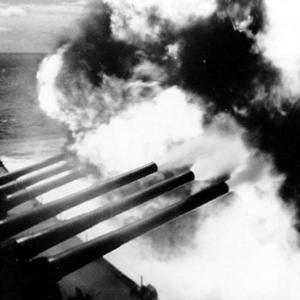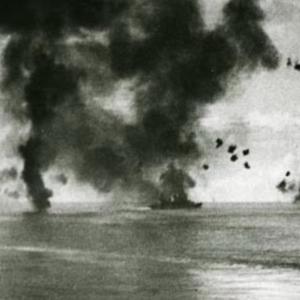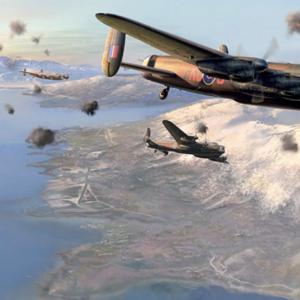
Russian helmet WW2
The Russian SSSh-39 helmet, introduced in 1939, was a product of the Soviet Union’s push to equip its growing army with a modern, functional combat helmet before the outbreak of large-scale war. Designed by engineer Aleksandr A. Shvartz, the SSSh-39 was intended to be simpler and more cost-effective than its predecessor, the M36, which was too complex and labor-intensive to manufacture on a mass scale. The SSSh-39 featured a one-piece steel shell with a rounded dome and a small, protruding front brim. The side flares were moderately pronounced, offering a balance between protection and mobility. Constructed from 0.9mm hardened steel, the helmet provided reasonable protection against shell fragments and indirect fire. It used a three-pad leather liner system, with each pad attached to a circular leather band and a cotton or leather web suspension. A drawstring at the top allowed for size adjustment. The chinstrap was made of leather and consisted of two pieces fastened with a small metal buckle.
Production of the SSSh-39 was carried out at several Soviet industrial centers, including the Lysva Metallurgical Plant, the Stalingrad Tractor Factory, and the Red October Factory. Production began in late 1939 and continued until about mid-1941, though existing stocks were used into 1942. The helmet saw its first combat use during the Winter War with Finland and then on a large scale during the initial months of Operation Barbarossa. The SSSh-39 was generally seen as a decent compromise between effectiveness and manufacturability, but it had several drawbacks. The leather liner did not hold up well under wet or cold conditions, common on the Eastern Front, and the helmet’s production quality could be inconsistent due to the urgency of wartime manufacturing. Despite these issues, it was a major step forward compared to prewar helmets and allowed the Red Army to quickly standardize headgear across its forces.
In response to the SSSh-39’s shortcomings and the growing need for even more rapid production, the SSSh-40 helmet was introduced in late 1940 and began widespread issuance in 1941. Though it retained the general silhouette of the SSSh-39, the SSSh-40 included several key design changes that made it more suitable for wartime conditions. The most obvious difference was the liner system. The SSSh-40 eliminated the leather components and replaced them with three or four cloth-covered pads filled with felt or cotton. These pads were riveted directly into the shell using three visible rivets placed lower on the helmet’s sidewalls. The rivet placement is one of the easiest ways to distinguish the SSSh-40 from the SSSh-39, whose liner was suspended by hidden brackets and rivets located higher up under the shell's edge. The cloth liner system was more durable in various climates, resisted rotting, and was faster and cheaper to produce.
The chinstrap on the SSSh-40 was also changed to a simple canvas or cotton webbing strap, in contrast to the leather strap of the SSSh-39. This made the SSSh-40 more resilient in wet environments and easier to mass-produce using non-strategic materials. The overall shell shape of the SSSh-40 remained similar to the SSSh-39, though the flares were slightly reduced and the shell was subtly reshaped to accommodate the new liner system. This gave it a more balanced profile and better fit on the soldier’s head. The removal of ventilation holes, which were present in earlier SSSh-39 helmets, also improved protection and simplified production.
The SSSh-40 was manufactured at the same major plants as the earlier model but at a much larger scale. More than 14 million units were produced by the end of the war, making it one of the most widely used helmets in history. The improvements made it more effective in long campaigns and harsh weather, and it was generally well-received by soldiers. While it lacked some of the ergonomic advantages of the American M1 or the heavy-duty protection of the German M35, it was far simpler to produce and well-suited to Soviet doctrine, which prioritized speed and volume of equipment over individual comfort.
The main differences between the SSSh-39 and the SSSh-40 lie in their liner systems, chinstrap materials, rivet placement, and minor changes to the shell’s shape. The SSSh-39 used a three-pad leather liner with high-mounted brackets and a leather chinstrap, while the SSSh-40 used three or four cloth pads riveted low on the shell and a canvas chinstrap. These changes made the SSSh-40 more resistant to wear and more adaptable to mass production. As a result, the SSSh-40 became the definitive Soviet helmet of World War II and continued to serve in various forms for decades after the war.










